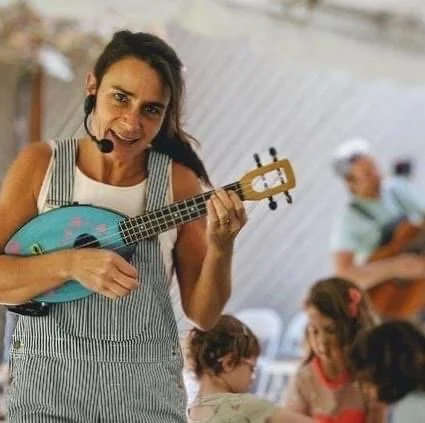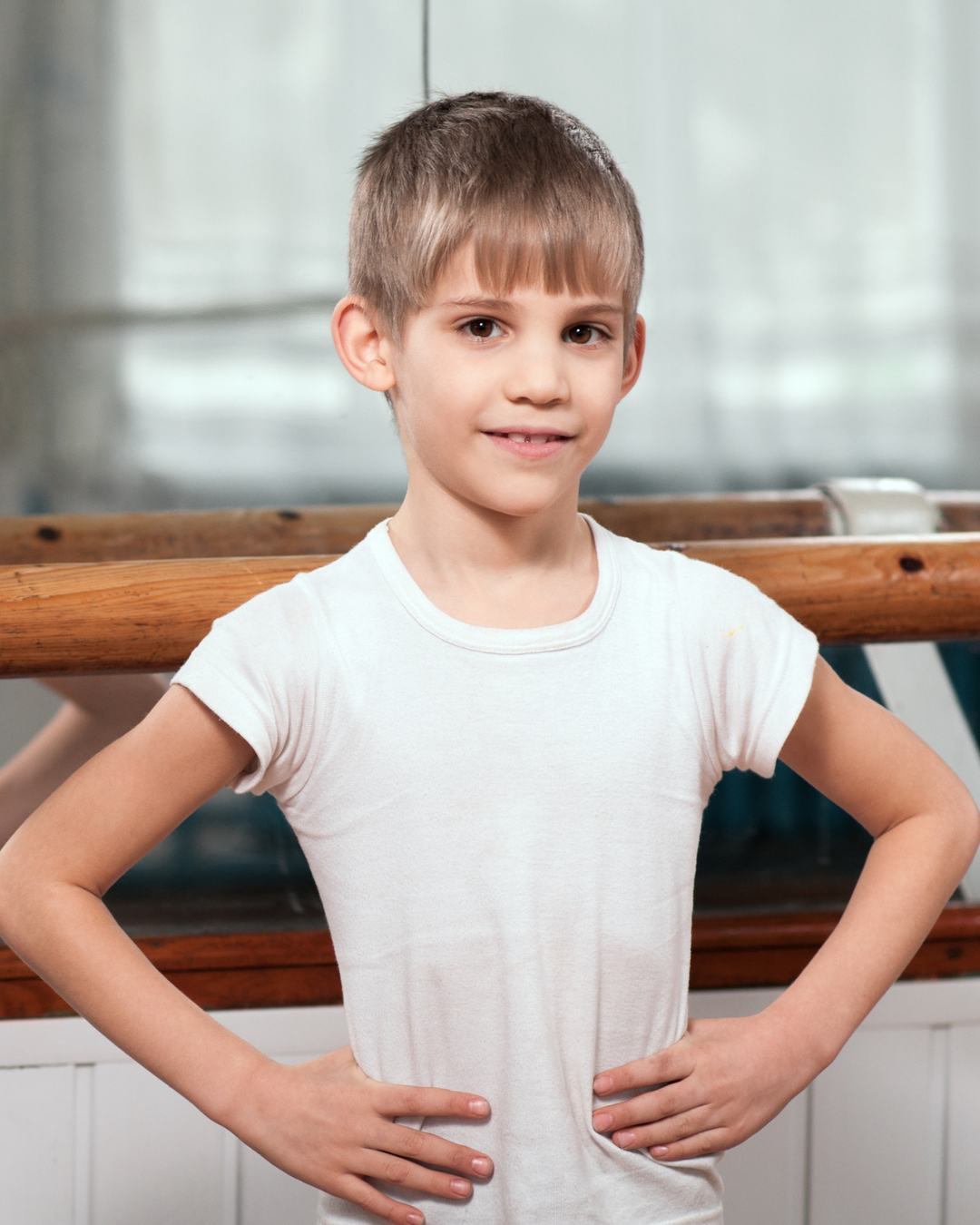Teaching dance to young children can be an incredibly rewarding experience. At this age, dance is about more than just learning steps—it's about exploring movement, building coordination, and fostering creativity.
Read MoreIncorporating these different types of play into dance class doesn’t just teach kids how to dance—it helps them develop key social and emotional skills that will last a lifetime. Dance encourages children to express themselves, collaborate with others, and understand their own feelings. Plus, the physical benefits of dance contribute to better brain function and overall well-being.
Read MoreAs a preschool dance teacher, you're tasked with guiding young learners through a world of movement, rhythm, and expression. You have a unique opportunity to plant the seeds of creativity, coordination, and confidence in your little dancers. But before you dive into the lesson planning process, there's a critical step that often gets overlooked.
Read MoreAs dance educators, we all want to help our students grow and develop their technique from a young age. However, there’s an important aspect of early dance training that is often overlooked: the developmental readiness of young children for certain poses and movements. One such movement is the arabesque.
Read MoreWhen you understand child development, so many things change in your children’s dance classes. I can remember when I first started teaching preschool dance. I expected to go in and teach a mini ballet class. I thought my students would stand in lines, wait their turns, and work hard just like my older students had. Boy, was I in for a surprise!
Read MoreWe’ve had a few hot days already this spring in Colorado (as well as snow!) Those warm days have had me thinking about summer! So today, I want to share with you seven of my favorite themes to use in preschool dance for summer, plus an idea or two for each. :-)
Read MoreCreating choreography can seem like a daunting task when it comes to preschool dance. Can you create a dance for them that they'll actually remember? How will they do on stage? Sure, they're at an age where they'll look cute no matter what. But we still want them to succeed, right?
Read MoreWe're off to visit Winnie-the-Pooh and his friends in the Hundred Acre Wood! What do you think that silly bear is doing? Do you think he might be looking for honey? Let’s see!
Read MoreOnce Upon A Ballet Certified Teacher Anastasia Jankowski (known by her students as LaLa) knows a thing or two about creativity. Her interactive children’s band, Sunny Train, is rooted in imagination and creative thinking, giving children opportunities to shake eggs, bang on drums, twirl hula hoops, explore yoga poses, or play with the world’s biggest bubbles.
Read More“I'm a biology professor, and so I found the neuroscience of children and very young children extremely fascinating. I find myself thinking about it just constantly in my classes, thinking: What are their bodies doing? What are their brains doing? How can we sort of tie that all together really holistically?”
Read MoreLevels are a basic dance concept that you can do so much with! Movements and poses can be done low to the floor, at a medium level, and a high level. Here are a few ideas for your preschool dance classes.
Read MoreWhen it comes to teaching turnout (to any age), there are some tried and true tips you should always think about. But when it comes to teaching turnout to young children, there are a few more things you should be thinking about.
Read MoreIf you teach dance to preschoolers and have trouble keeping their attention, there’s one rule to fix that… You MUST include dance activities and games in your classes that are FUN and IMAGINATIVE. Read in to learn more.
Read MoreSkips can be a difficult step for early elementary to beginning ballet students. They require more technique in a single moment than most other steps done in this age group. And they require a higher level of coordination. Add to that the fact that many kids today don’t run and jump and play outside today like kids used to generations ago, and skips become a challenging step for young children.
Read MorePliés and tendus are two of the most basic steps in ballet. And if you think about it, they’re really the building blocks of just about every other ballet step there is! Here are a few tips and things to think about when it comes to pliés and tendus!
Read MoreBy the age of 7, children have much better control and awareness of their bodies. We also work much more on turnout, especially turning out correctly and safely at this age. Because of this, we work more on a turned out retiré.
Read MoreToday, I bought my oldest son, Hudson, ballet shoes. I was trying so hard to contain my excitement. Being a boy mama, I knew my chances of buying any of my kids a pair of ballet shoes were slim.
Read MoreWhen we teach ballet though stories, we immediately open up a new world for our students. The way ballet is often taught is like watching a silent, black and white movie from the 1920s. Teach through stories, and it’s suddenly like watching in 4K color.
Read MoreIn my later years of dance in a company, plié was always my favorite barre exercise. So today, I want to talk a little about pliés. If you’re a dancer, I hope this helps you get more out of your pliés, as well as barre in general. If you’re a ballet teacher, I hope this helps you to inspire your own students a little more when it comes to pliés.
Read MoreAs I watched my 4-year-old son in gymnastics earlier today, one thing was very evident: when he used his imagination, he paid attention. During stretch, I could see his mind wandering—that is, until he got to pretend to make a pizza during straddle stretch. He did a great table pose as he pretended to eat his pizza. He half participated again through a few stretches. Then it was time for butterfly stretch. I have no idea where he said he would “fly”, but I saw his face light up when it was his turn to speak.
Read More



















